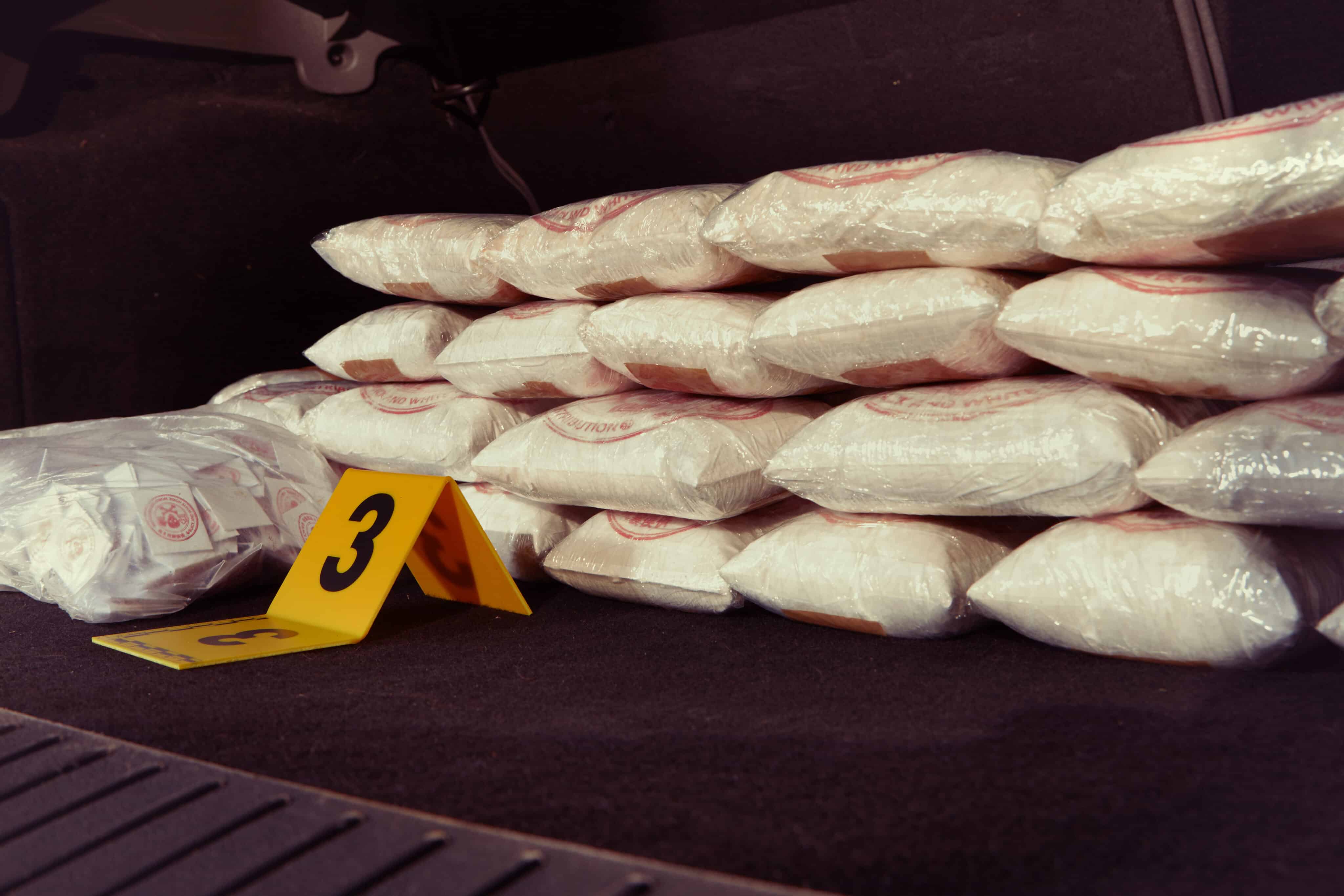New DEA Report Examines Drug Testing Data for 2022
FeaturedTrending Stories October 4, 2023 MJ Shareholders 0

The Drug Enforcement Administration (DEA) recently released its National Forensic Laboratory Information System (NFLIS) Drug 2022 Annual Report, which compiles drug testing data collected during 2022.
The NFLIS collects drug results from drug cases across the country by federal, state, and local forensic labs, and compiles the data to report illegal drug use and trafficking trends. “NFLIS-Drug includes information on the specific substance and the characteristics of drug evidence, such as purity, quantity, and drug combinations,” the report explained. “These data are used to support drug scheduling decisions and to inform drug policy and drug enforcement initiatives nationally and in local communities around the country.” NFLIS began publishing data on illegal drug reports in 2001.
Between January 1, 2022-December 31, 2022, the report analyzed test results from 648,738 drug cases that were sent to state or local testing labs in the U.S., which were mainly drugs seized by law enforcement. Everything was examined by March 31, 2023, and 1,181,750 drug reports were reported.
Among all the most frequently identified drugs across the nation, methamphetamine led as the drug with the highest number of reports (341,049), followed by cocaine (169,972), fentanyl (163,201), cannabis/THC (146,631), and heroin (41,227)—the combination of which totaled to 73% of all drug reports. In comparison to report data from previous years, methamphetamine decreased since 2021, cocaine data remained the same through 2022, fentanyl increased “significantly” starting from 2014 and through 2022, cannabis/THC decreased in 2022, as did heroin.
On a national scale, the report explained the increase in fluorofentanyl and alprazolam, the decrease of oxycodone and buprenorphine, but that psilocin/psilocybin saw a decrease between 2010-2016 and doubled between 2016-2022.
Regionally, psilocin/psilocybin reports increased in all regions with the exception of the western U.S., where the DEA noted a drastically decreased number of reports. Cannabis/THC reports also decreased in the northeast, southern, and western parts of the country.
A large majority of the report analyzes main drug categories, such as narcotic analgesics, which does not include cannabis. However, it does include an overview of synthetic cannabinoids, of which there were 5,410 reports in 2022—ultimately less than one percent of all drug reports. The most common were MDMB-en-PINACA (33%), ADB-BUTINACA (20%), and ADB-FUBIATA (4%). Synthetic cannabinoids were reported mainly in the northeastern U.S. (42%), the Midwest (37%), the west (31%), and the south (27%).
The report also included a detailed map of some of the country’s forensic laboratories, and the regional shifts between leading illegal drugs. For example, the highest percentages of methamphetamine were tested in Rapid City, South Dakota (74%), Fresno, California (65%), Los Angeles, California (63%), Lincoln, Nebraska (57%), and San Diego, California (51%). Cocaine drug testing, however, was found in Miami, Florida (45%), New York City (44%), McAllen, Texas (43%), and El Paso, Texas (38%). Heroin was more commonly tested in areas like Salt Lake City, Utah (14%), San Francisco, California (13%), and Chicago, Illinois (11%), and fentanyl was found the most in Phoenix, Arizona (45%), Santa Fe, New Mexico (34%), Seattle, Washington (32%), and Denver, Colorado (31%), among many others.
The aforementioned synthetic cannabinoid MDMB-en-PINACA was tested in only 4% of labs, and was reported in Birmingham, Alabama.
The report data reflects the harms of various drugs, but also shows how only illegal cannabis is a threat. The widespread acceptance and legalization of cannabis is reflected in other arms of the government as well, such as the U.S. Sentencing Commission which reported in October 2022 that 6,577 people could potentially receive pardons after President Joe Biden announced pardons for people with simple cannabis convictions.
This summer, the Justice Department Bureau of Justice Statistics (BJS) reported that there is a 61% decline in federal cannabis prisoners between 2013-2018. According to BJS director Alex Piquero, this was a significant decrease in prisoners compared to those imprisoned for other substances. “Although the number of people in federal prison for drug offenses decreased over this five-year span, they still accounted for a large share—almost half—of the people in [Federal Bureau of Prisons] BOP custody in 2018,” Piquero said. “At the same time, we saw differences by the type of drug involved, with more people incarcerated for heroin and methamphetamines and fewer for marijuana and cocaine.”
Unfortunately, the illegal cannabis industry continues to thrive, even if it’s a small percentage of illegal drug trafficking and sales overall. Last August, a Canadian Border Agency reported 2,000 pounds of illegal cannabis being exported. Just one month later in June 2022, 400 pounds of cannabis were found by U.S. Customs and Border Protection.
In June 2023, one driver unknowingly traveled through a U.S./Canadian border (allegedly following his GPS) with another 400 pounds of cannabis. In August, more than 2,000 pounds of cannabis hidden in frozen waffles was discovered at the border of Canada as well.
Earlier this month at the border of the U.S. and Mexico, two tons of cannabis (or ~4,000 pounds) were discovered in a truck, valued at $10 million.
MJ Shareholders
MJShareholders.com is the largest dedicated financial network and leading corporate communications firm serving the legal cannabis industry. Our network aims to connect public marijuana companies with these focused cannabis audiences across the US and Canada that are critical for growth: Short and long term cannabis investors Active funding sources Mainstream media Business leaders Cannabis consumers











No comments so far.
Be first to leave comment below.